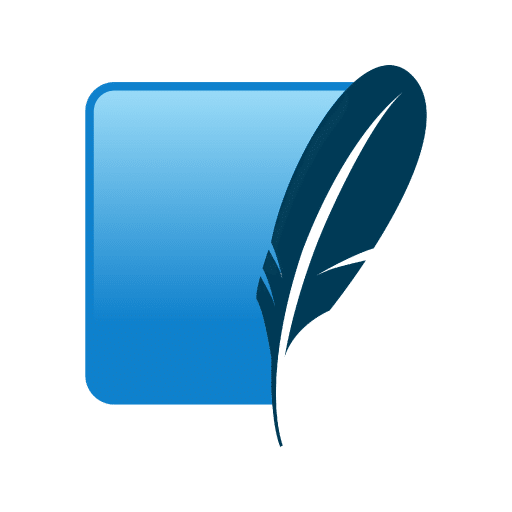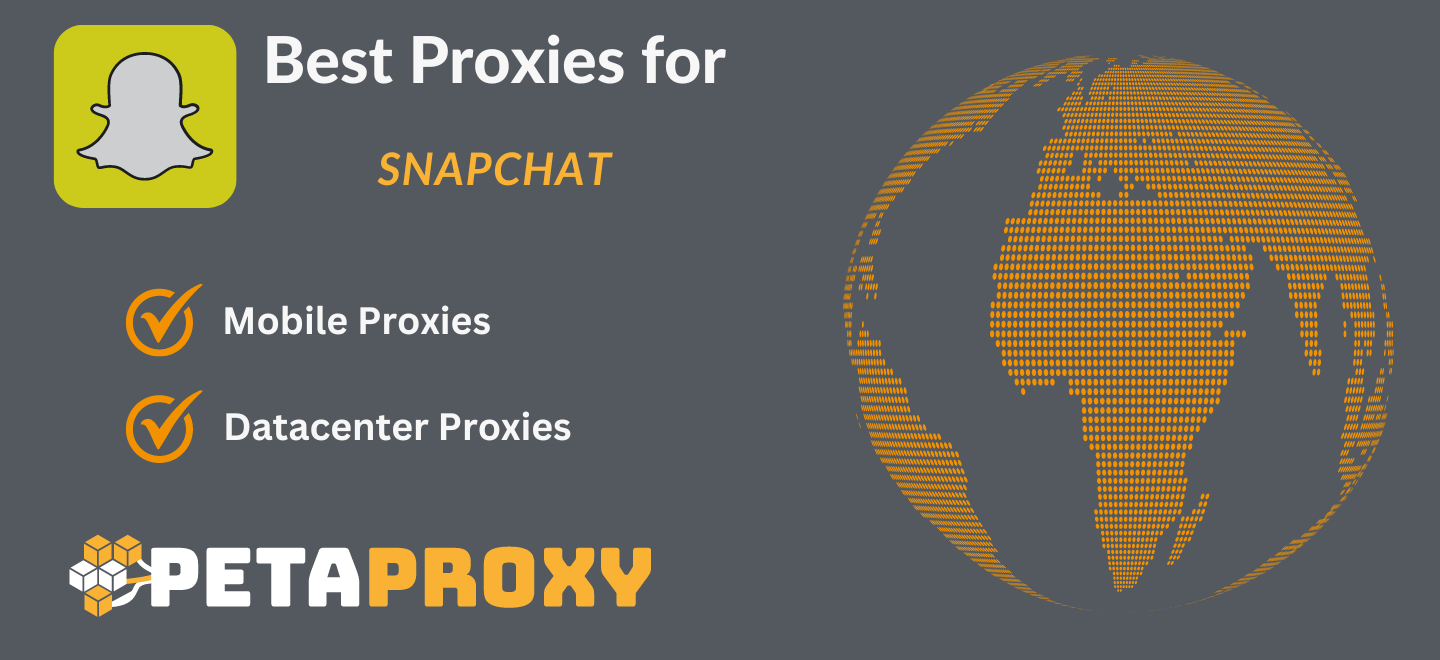Data parsing is one of the most important skills in the huge world of data, and it’s a great way for beginners to get into the complicated fields of data science and programming. This basic idea is very important for finding your way around and changing information correctly. As we start this journey, our main goal is to demystify the word “data parsing” and explain what it means for people who are just starting out in the fascinating field of data science.
It is very important to know how to find and change information in the huge world of data. One basic idea that newcomers often run into is data parsing. We’re going to take a look at this term and figure out what it means for people who are just starting out in data science and programming.
Understanding Data Parsing
At its core, data parsing is the skill of pulling out specific, useful data from a huge, often complicated collection. When you get into programming and data analysis, this method becomes very important because it makes it easy to turn raw, unorganized data into a format that can be used. Data parsing is like an interpreter for computers; it helps them understand and make sense of all the data they have access to.
At its core, data parsing is the process of breaking down a bigger dataset into its individual parts and identifying the important ones that hold valuable information or insights. Going through this process is like going through a treasure chest to find valuable gems. Data parsing helps analysts and programmers focus on what’s important by letting them zero in on specific parts of the information. This speeds up the next steps of data processing and analysis.
Data parsing is an important part of programming because it lets you work with different types of data, like text files, JSON, XML, and even complex systems. It’s the link between the raw, unstructured data and the ordered, understandable data that computers and software can read. Without good data processing, the huge amount of data that is available would be too much to handle and hard to use to gain useful insights.
Different Types of Data Parsing
There are a lot of different methods and techniques for parsing data, and each one is designed to do a specific job in computing and data analysis. It is important to have a deep knowledge of these parsing methods in order to manipulate data effectively.
You can parse data in the following ways:
- String Parsing: In string parsing, a line of characters is broken up into smaller parts using certain delimiters. This method works especially well for getting useful data from text files or log files. If you have a log file with records that have timestamps, string parsing can help you find and extract specific data points like timestamps, log levels, and messages.
- JSON Parsing: JSON parsing is meant to work with data that is stored in the JavaScript Object Notation (JSON) format. JSON is often used to organize and send data in web development and APIs. Programmers can get organized data from JSON files using JSON parsing. This makes it easy for applications to use and change data.
- XML Parsing: Tailored for parsing data formatted in Extensible Markup Language (XML), this parsing method is prevalent in web services, configuration files, and data exchange between applications. XML parsing allows for the extraction of meaningful information from structured XML documents, facilitating interoperability between different systems.
- CSV Parsing: This type of parsing is all about reading Comma-Separated Values (CSV) files, which are often used to show data in tables. This parsing method is very useful for getting data that is grouped in rows and columns and changing it. For instance, you can use CSV processing to load and work with data from spreadsheet files.
- HTML Parsing: The goal of HTML parsing is to get info out of Hypertext Markup Language (HTML) documents. This method is often used for web scraping, which is the process of getting specific data from web sites. HTML processing lets programmers get to the data they need by navigating the structure of web pages.
- Database Query reading: This method is only used for reading queries for database systems. It is necessary to understand and use database queries to get or change data. Database query parsing makes sure that the database engine can understand and run the query, which makes it easier to get data and change it.
- Binary Data Parsing: This is the process of reading binary-encoded data, which is information that is stored in a binary format. This way for parsing is very important for programs that work with low-level file and data formats. People often use binary data parsing to do things like read and understand file types that store data in binary form.
- Regular Expression (Regex) Parsing: In regex parsing, patterns defined by regular expressions are used to find and extract specific patterns from a bigger dataset. This method works especially well for dealing with complicated and varied data patterns. Text checking, data extraction, and pattern matching are all things that regex parsing can be used for.
- Lexical Analysis: Lexical analysis is a more sophisticated parsing technique that involves analyzing the structure of tokens in a programming language. It is essential for compilers and interpreters to understand the syntax of programming code. Lexical analysis breaks down source code into tokens, paving the way for further analysis and interpretation by the compiler or interpreter.
Note: Knowing these kinds of data parsing gives programmers and data analysts a wide range of tools they can use to quickly handle and gain insights from different sets of data in different areas. Each processing method does something different that adds to the bigger picture of working with and analyzing data.
Common Data Parsing Formats
JSON (JavaScript Object Notation), XML (Extensible Markup Language), and CSV (Comma-Separated Values) are three popular file types that are often parsed. Each style has its own features and pros and cons. Learning how to parse these forms is a must for anyone who wants to get good at manipulating data.
JSON is widely used in web development and APIs because it is easy to read and doesn’t take up much space. Because it is easy to use and works with many computer languages, it is perfect for representing structured data.Web services and the sharing of data between apps like XML’s structured structure. XML is more verbose than JSON, but it is more flexible because it lets you create your own document structures.CSV is easy to use and widely accepted, and it is often used to show data in tables. It works really well when you need to show facts in a structured table format.
5 Important Benefits of Data Parsing for Beginners
Starting out in the ever-changing fields of data science and technology, data parsing is a key skill that can help make working with data easier. People who know this basic skill can easily find their way around complicated datasets, which sets the stage for more advanced data analysis. Let’s look at the many ways that data parsing can help beginners, focusing on how it can improve data accuracy, efficiency, and general understanding.
Focused Data Extraction
Data parsing allows beginners to hone in on specific information within a dataset. By selectively extracting relevant details, individuals can work with a more focused subset of data, making it easier to analyze and draw meaningful conclusions.
Improved Data Accuracy
The precision and accuracy of data are significantly enhanced through parsing. By isolating and extracting specific elements, beginners can mitigate the risk of errors and inconsistencies, ensuring that the data used for analysis is reliable and trustworthy.
Structured Data Representation
Parsing transforms raw and unorganized data into a structured format, facilitating a more organized and coherent representation. This structured form enhances readability and comprehension, providing a solid foundation for subsequent analysis and interpretation.
Efficient Information Retrieval
Data parsing streamlines the process of retrieving information from diverse data sources. Beginners can efficiently extract relevant details without being overwhelmed by the entirety of the dataset, saving time and resources in the data analysis workflow.
Versatility in Data Formats
Parsing equips beginners to handle a variety of data formats, including JSON, XML, CSV, and more. This versatility allows individuals to adapt to different data structures and sources, expanding their capability to work with diverse datasets.
Avaible Tools and Libraries for Data Parsing
The landscape of data parsing tools is expansive, offering a diverse array of libraries that cater to different programming languages and parsing requirements. Making informed choices about which tool to utilize is crucial for beginners, as it directly influences the efficiency and accuracy of data parsing tasks.
Let’s explore some notable tools and libraries, each with its unique features and functionalities:
Beautiful Soup (Python)
Beautiful Soup is a Python library specifically designed for web scraping purposes. It provides easy ways to navigate and search the parse tree, making it an excellent choice for extracting data from HTML and XML documents.

JSON.NET (C#)
JSON.NET is a popular library for JSON parsing in C#. It offers comprehensive support for working with JSON data, enabling developers to deserialize JSON objects into C# objects and vice versa seamlessly.

Pandas (Python)
Pandas is a powerful data manipulation library in Python, and it includes robust functions for parsing various data formats, such as CSV, Excel, and more. It excels in handling large datasets and performing data analysis tasks.
Gson (Java)
Developed by Google, Gson is a Java library that simplifies JSON parsing in Java applications. It provides convenient methods for converting JSON strings to Java objects and vice versa, streamlining data interchange.
Jackson (Java)
Jackson is another widely used Java library for JSON processing. It offers high-performance JSON parsing and serialization capabilities, making it a preferred choice in Java-based projects.
csv.reader (Python)
Python’s built-in csv.reader module is a straightforward tool for parsing CSV files. It simplifies the process of reading and handling tabular data in CSV format, providing a user-friendly interface.

Jsoup (Java)
Jsoup is a Java library primarily used for HTML parsing. It enables developers to extract data from HTML documents, making it valuable for web scraping and data extraction tasks in Java applications.

ANTLR (Various Languages)
ANTLR (ANother Tool for Language Recognition) is a powerful parser generator that supports multiple programming languages. It is commonly used for creating parsers and interpreters for custom data formats and domain-specific languages.
ElementTree (Python)
The ElementTree module in Python is an efficient tool for parsing XML documents. It provides a simple and Pythonic interface for navigating and manipulating XML data, making it accessible for beginners.
Regex (Various Languages)
Regular expressions, often available as built-in features or libraries in various programming languages, offer a flexible and powerful approach to data parsing. They are suitable for extracting patterns from text data.

Apache Commons CSV (Java)
Apache Commons CSV is a Java library that simplifies the parsing and writing of CSV files. It provides a convenient API for reading and writing CSV data, supporting various configurations.

SQLite (SQL)
SQLite, a lightweight relational database management system, includes powerful tools for parsing and querying structured data. It is commonly used in embedded systems and mobile applications.
Please Note: Exploring and experimenting with these tools will empower beginners to choose the most suitable solution for their data parsing tasks, considering factors such as programming language, data format, and specific parsing requirements. Each of these tools contributes to the efficiency and effectiveness of data parsing endeavors across diverse applications and industries.
Tips for Beginners
Beginners can improve their learning as they start out with data parsing by getting some hands-on help.
I’ve put together a short list of tips to help you learn this important skill:
Start by building a good base in the basics of programming. This information helps you understand how to parse data well and gets you ready for more difficult jobs.Work with different types of data, like JSON, XML, and CSV, to broaden your skills. This hands-on method helps you learn new skills that you can use in the real world.
Use websites like GitHub and Stack Overflow to find talks, tutorials, and code samples. These tools can help you understand and solve parsing problems.Use what you’ve learned by working on projects that are related to your field or hobbies. Applying what you’ve learned in the classroom makes it easier to use what you’ve learned in real life.
Look into parsing tools for your programming language, like Gson or BeautifulSoup. By getting to know these tools, you can speed up the parsing process and get more tools.Join programming communities to share your thoughts, get help, and talk about your experiences. The fact that people in these groups work together makes them a good place to keep learning.
Blogs, forums, and publications can help you stay up to date on trends, tools, and methods in your field. Keeping up with the latest information keeps your skills useful and flexible.Make it a priority to practice regularly with a range of information and parsing situations. Repetition helps your muscles remember things and makes you better at fixing problems.
Ask for comments on your parsing projects, and use helpful criticism to improve your methods and abilities.When you look at facts, be curious, ask questions, and try to get deeper insights. This way of thinking encourages a love of finding, which makes the process of learning fun and worthwhile.
Note: These tips will help people who are just starting out with data parsing feel comfortable with the complicated process. This will set them up for success as they learn this important skill.
Conclusion
To sum up, data parsing is an important skill for people who are new to data science and programming. Users can make choices based on accurate information and gain insights thanks to its ability to pull out important information from large, complicated datasets. As you start to learn about sorting, remember that learning is a continuous process and that each experience with the subject helps you grow.
Is data parsing only relevant for programmers?
No, data parsing is valuable for anyone dealing with data, including analysts, scientists, and researchers.
Which data parsing format is the most widely used?
JSON is widely adopted due to its flexibility and compatibility with various programming languages.
What are the common challenges faced by beginners in data parsing?
Beginners often struggle with nested structures, irregular data formats, and handling large datasets.
Are there any free tools for data parsing?
Yes, many open-source tools and libraries, such as BeautifulSoup and jq, are freely available for data parsing.






